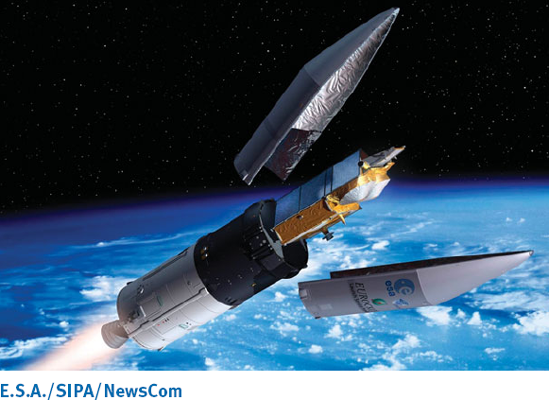Chapter 7. FIRST- AND SECOND-ORDER TRANSIENT CIRCUITS

THE LEARNING GOALS FOR THIS CHAPTER ARE:
Be able to calculate initial values for inductor currents and capacitor voltages in transient circuits
Know how to calculate voltages and currents in first-order transient circuits
Know how to calculate voltages and currents in second-order transient circuits
Sea Ice Measurements Data clearly demonstrate an ongoing rise in global temperature. NASA's Goddard Institute for Space Studies has reported that we have just experienced the warmest decade (2000 to 2009) on record. Measuring the environmental impact of this change – and deciding how to respond to it – is a major challenge facing scientists and policymakers today and will be for years to come.
Electronic devices are essential to efforts to measure impacts such as the reduction in polar ice. Polar ice regulates global climate because it reflects about 80% of the incoming sunlight. Radar altimetry data from satellites is being used to measure the effect of warming on polar glaciers. Low-flying aircraft making repeated runs across Arctic, Antarctic, and Greenland ice beds are using radar backscatter to map transitions in sea ice thickness. Sea ice growth and melt measurements from radar during all summer-to-winter seasons confirm that the ice is disappearing.
This chapter describes voltage and current transitions in circuits resulting from switching ...
Get Engineering Circuit Analysis: International Student Version, Tenth Edition now with the O’Reilly learning platform.
O’Reilly members experience books, live events, courses curated by job role, and more from O’Reilly and nearly 200 top publishers.

